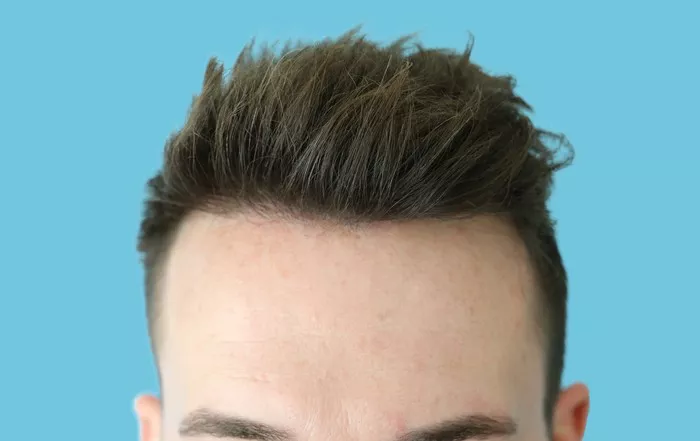Hair transplants have emerged as a popular solution for individuals seeking to restore their natural hairline and boost their confidence. After undergoing a hair transplant, patients often wonder when it is safe to resume their regular activities, including wearing a hat. In this comprehensive guide, we will delve into the topic and provide insights into when you can comfortably wear a hat following a hair transplant.
Understanding Hair Transplants and the Healing Process
This section will provide a brief overview of hair transplants, explaining the techniques used and how they facilitate hair restoration. It will also highlight the importance of understanding the healing process to make informed decisions regarding hat wear.
The Importance of Post-Transplant Care
Post-transplant care is crucial for ensuring successful hair transplant outcomes. This section will emphasize the significance of following the surgeon’s instructions, which typically include specific guidelines for hat use during the recovery period.
The Role of Hats in Hair Transplant Recovery
Hats can serve as a valuable tool in protecting the scalp and transplanted hair during the recovery process. This section will explore the benefits of wearing a hat, including shielding the scalp from UV radiation, reducing the risk of accidental trauma, and providing camouflage during the early stages of recovery.
Immediate Post-Transplant Period: Focus on Healing
During the immediate post-transplant period, the scalp requires ample time to heal. This section will explain the importance of avoiding hats during this phase to allow the newly transplanted follicles to settle and establish a strong connection with the scalp.
The Scabbing Stage: Precautions for Hat Use
As the healing progresses, scabbing and crust formation occur. This section will provide insights into the scabbing stage and why hat use should be approached with caution. It will highlight the potential risks of irritation, infection, and disruption to the grafts.
Shedding Phase: Transitioning to Hat Wear
During the shedding phase, the transplanted hair temporarily falls out, making way for new hair growth. This section will discuss the transitional period when hat use can gradually be reintroduced. It will provide guidelines for wearing a hat, ensuring minimal interference with the healing process.
Reintroducing Hats: Mid to Late Post-Transplant Period
In the mid to late post-transplant period, the scalp and transplanted hair become more resilient. This section will outline the timeline for gradually increasing hat wear and participating in activities that may require a hat, such as outdoor sports or prolonged sun exposure.
Selecting the Right Hat: Considerations for Transplanted Hair
Choosing the appropriate hat is essential to minimize potential damage to the transplanted hair. This section will provide guidance on selecting hats with breathable materials, proper sizing, and avoiding tight headwear that may cause friction or pressure on the scalp.
Caring for Your Scalp and Transplanted Hair Under the Hat
While wearing a hat, it is crucial to maintain proper scalp and hair care. This section will discuss techniques for keeping the scalp clean, avoiding excessive sweating, and preventing tangling or matting of the transplanted hair. It will also address common concerns about hat-induced hair loss.
Final Thoughts: Balancing Hat Use and Hair Transplant Recovery
In conclusion, wearing a hat after a hair transplant requires a cautious approach to ensure optimal healing and hair growth. Following the surgeon’s recommendations, understanding the stages of recovery, and gradually reintroducing hat use will contribute to successful outcomes. Patients should prioritize scalp health and choose hats that provide protection while avoiding unnecessary pressure or friction. Consulting with the hair transplant surgeon is crucial to receive personalized advice tailored to individual needs and ensure a smooth recovery process.
Conclusion
Wearing a hat after a hair transplant is a common concern for patients who want to balance their desire for scalp protection and hair regrowth. While hats can offer benefits during the recovery period, it is essential to exercise caution and follow the post-transplant guidelines provided by the surgeon. By understanding the different stages of recovery and gradually reintroducing hat wear, patients can ensure optimal healing and minimize the risk of complications. Choosing the right hat and maintaining proper scalp and hair care are key factors in achieving successful hair transplant results. Patience and careful consideration will help strike a balance between hat use and hair transplant recovery, ultimately leading to a satisfying outcome.
Related topics:
- The Efficacy of Hair Transplants: Does Hair Transplant Work?
- How long does a hair transplant take: A Full Guide
- How much does a hair transplant cost: A Quick Guide


